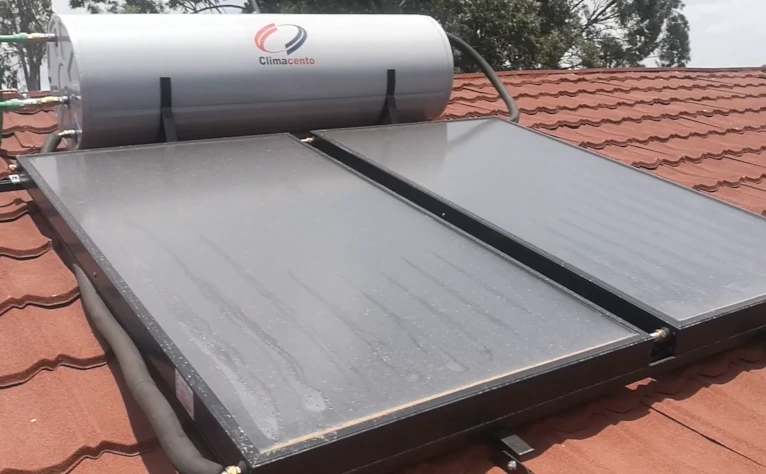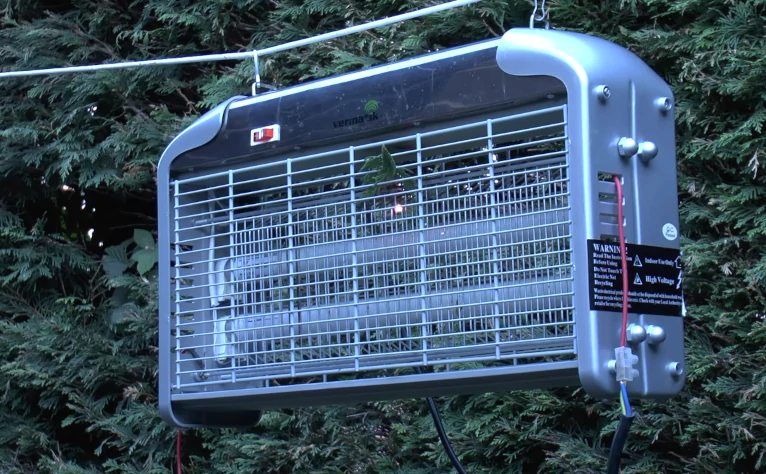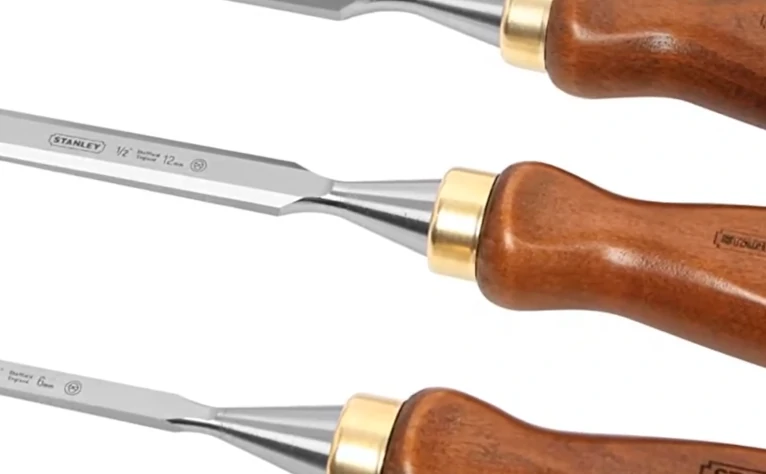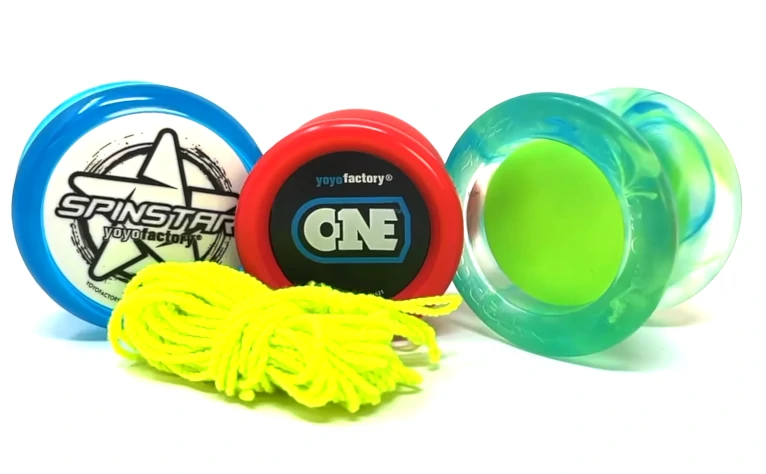Proper Maintenance To Your Solar Water Heater

A typical solar water heater does require very minimum maintenance, depending on the quality assurance of the manufacturing company. Tuning up its maintenance can make the solar water heater lasts longer for 50% to 100%.
Below are some guidelines on the services that you generally should be having when you want your solar water heater to undergo maintenance:
- The solar water heater must have a system inspection before doing anything on the device. This is to ensure that the procedures are legit and are necessary for your heating device.
- A tank or panel flush is required to eliminate the formation of dirt, calcites and scale buildup. A short flushing method must be performed annually so that the tank is free from radicals, while a complete flushing method is performed every five years or so, depending on the requirement of the solar water heater.
- In order to flush the tank, attach a hose to the bib at the bottom of the tank. The other end of the hose must be placed where it can flush the radicals away.
- When undergoing a complete flush of the solar water heater’s tank, the circuit breakers must be turned off and all plugs are unplugged to ensure safety.
- The tank. Pipes, relief valve and panels must be inspected for water leakage. The tank and hose connections must still be attached properly and securely. The pipe insulation should not have any leak to prevent destroying the tank.
- The panel mounting bolts must be tight against the panels, and the latter must be free of dirt. Clean the panels by using clean cloth, or as instructed in the manufacturing instructions manual.
A major tune-up is usually offered by the solar manufacturing company to ensure that the solar water heater is in good shape and can still operate accordingly. It mostly includes the following activities:
- Checking of the system operation and functionalities.
- Inspection of the entire solar water heater for possible leaks and lacerated wires and hoses.
- Washing of the panel glasses.
- Replacement of the tank anode rod. The anode rod is made of magnesium that gradually erodes and it is designed to protect the tank. Around five years, the anode rod is gone and the tank begins to leak and to corrode.
- Repainting of the roof insulation.
- Flushing of the solar panels and inspection of the system design.
For self-service maintenance, you can purchase a solar water heater cleaning kit that encompasses a wiper, liquid soap and a brush. Your cleaning equipment for your car can be used in cleaning your solar water heating device. To start with, have a mixture of soap and water in the bucket, gently rub the panels. Small panels are easier to clean because they are within reach while larger panels are difficult to clean, most especially the middle parts. Wipe the wet panels thoroughly and immediately before it air-dries because excess soap or soap residue can block the sunlight from being absorbed by the panels.
Contact a professional solar panel cleaner if you are unsure on how to clean certain parts of the heaters. For example, bird droppings have accidentally hit the panels, leaving you surprised, annoyed, confused and doubtful on how to clean it. Seeking professional help is better for guaranteed maintenance than risking your panels to further declination.
The performance of the solar water heater must be monitored in order to be aware of its effectivity in doing its daily operations. Some owners hire a professional to install a monitoring system that can keep a watch on its performance efficiently. You can easily detect an anomaly in your heater based on the data shown by the monitoring system.
Remember that maintenance of your heating device is wholly important and essential to continuously benefit the conversion of sunshine into usable energy in the household.





